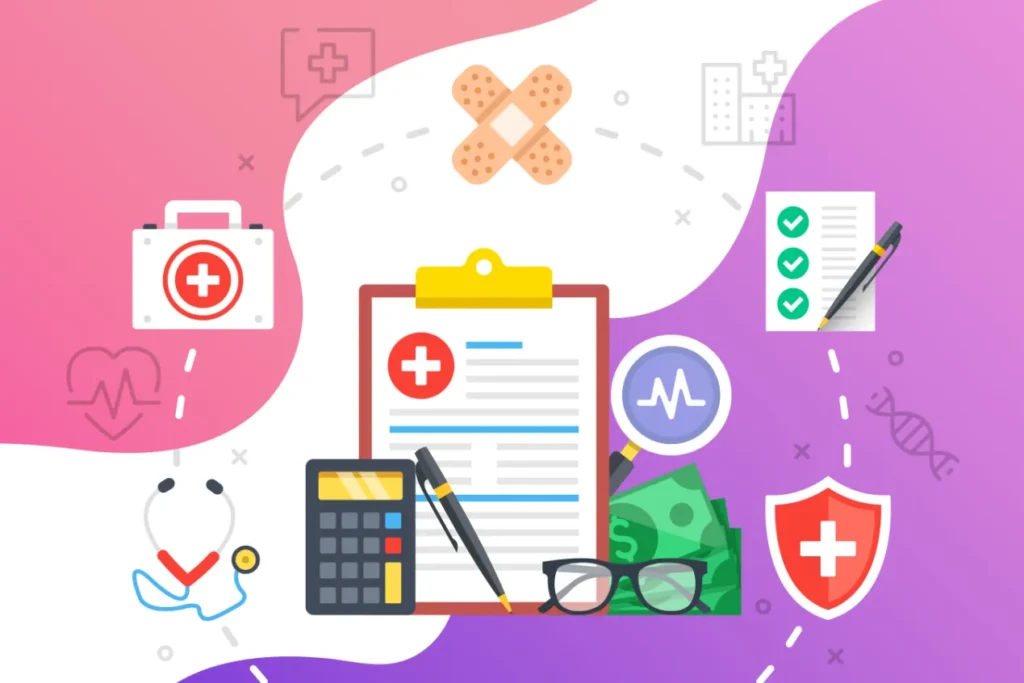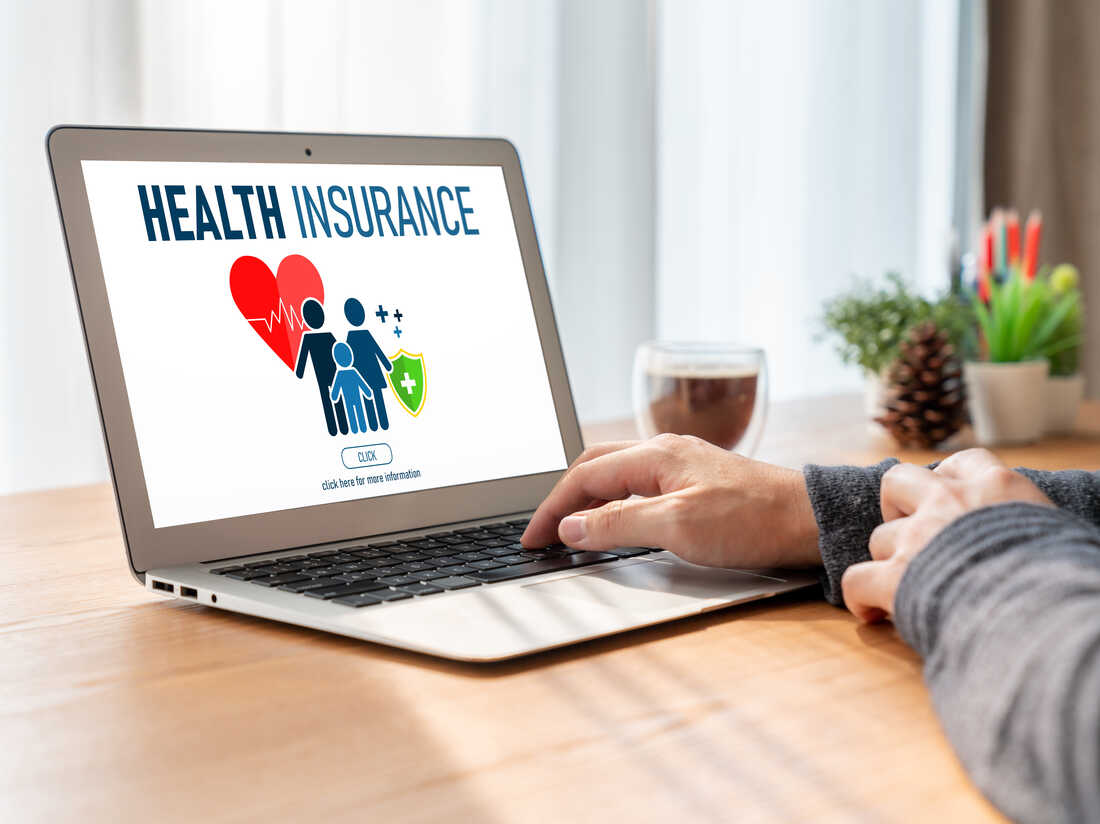If you’ve scrolled through Facebook or received a text claiming you’re eligible for a $6,400 health subsidy, you’re not alone. These messages often include urgent language like “Claim your $6,400 now!” or “Time is running out!” But what’s the truth behind this claim? Is there really a $6,400 government grant or subsidy available in 2024?
Let’s clear the confusion with verified facts, explore what real health subsidies exist in the U.S., and help you avoid falling victim to misleading ads or scams.
❗ The Truth: There Is No One-Size-Fits-All “$6,400 Subsidy”
There is no official federal program called the “$6,400 health subsidy.” The claim circulating online is misleading and often used to lure people into clicking on spammy or even fraudulent websites.
So, where does this number come from?
✅ The Real Source: ACA Health Insurance Subsidies
The Affordable Care Act (ACA) offers premium tax credits to help low- to middle-income Americans afford health insurance through the Health Insurance Marketplace.
- These credits are based on your income, household size, age, and location.
- They are applied monthly to reduce your insurance premiums.
- The average subsidy can be around $500/month, totaling $6,000–$6,400 per year for some people—but this is not guaranteed, and not everyone qualifies for that amount.
🕵️ Are You Being Targeted by a Scam?

Unfortunately, many scammers exploit the public’s confusion about health benefits by promoting phony offers. Here’s how you can spot a scam:
Common Signs of a Fake “$6,400 Health Subsidy” Offer:
| Red Flag | Explanation |
| 💬 Unsolicited texts or emails | Real government programs don’t send random messages to individuals. |
| 🧍 Claims to be from “health agents” | Scammers may pretend to be insurance agents or government reps. |
| 🚩 “Limited time only” urgency | Real programs like ACA enrollment periods are scheduled and official. |
| 💸 Asking for personal or financial info | Government programs will never ask for payment up front. |
💡 How Real Health Subsidies Work in the U.S.
To avoid falling for misleading information, it helps to understand the legitimate programs that do offer financial assistance.
1. Premium Tax Credits (ACA)
Offered via HealthCare.gov, these reduce your monthly health insurance premium based on your income.
2. Cost-Sharing Reductions (CSR)
If you choose a Silver plan through the marketplace and qualify, your deductibles, co-pays, and out-of-pocket costs may be reduced.
3. Medicaid and CHIP
Low-income individuals and families may qualify for free or low-cost coverage under Medicaid or the Children’s Health Insurance Program (CHIP).
4. Medicare Savings Programs
If you’re a senior or disabled and enrolled in Medicare, some programs may help pay premiums, deductibles, and co-insurance.
📝 What to Do If You’ve Seen a “$6,400 Subsidy” Ad
1. Do NOT click suspicious links

Avoid websites or links sent via text, social media, or email unless they come from official sources (like .gov or verified health insurance providers).
2. Check your eligibility on HealthCare.gov
Use the official eligibility tool to see what kind of real subsidies or assistance you may qualify for.
3. Report scams
If you’ve encountered what appears to be a scam, report it to the Federal Trade Commission (FTC) at reportfraud.ftc.gov.
📊 Why the $6,400 Number Is So Popular
The “$6,400” figure is likely used because it’s close to what a middle-income household might receive in ACA subsidies over a full year. However:
- That number is not a guaranteed amount.
- It’s a tax credit, not a cash payout.
- It’s applied directly to health insurance premiums, not groceries, rent, or gas.
FAQs About the $6,400 Health Subsidy
1. Is there really a government subsidy that gives $6,400 in cash?
No. While health insurance subsidies can be worth up to $6,400/year for some individuals, they are not paid in cash and are not guaranteed.
2. Who qualifies for ACA subsidies?
People with incomes between 100% and 400% of the federal poverty level may qualify. You must apply through the ACA marketplace.
3. Can I use this $6,400 subsidy for groceries or bills?
No. ACA subsidies are applied to insurance premiums only—they’re not general-purpose funds.
4. Why do I keep seeing ads for the $6,400 health subsidy?
Scammers and clickbait marketers use this misleading number to get your attention. Always double-check information with reliable sources.
5. How do I know if a subsidy ad is legit?
Only trust sources that are .gov, or well-known insurers. Avoid ads that pressure you or offer free money.
6. Is there a $6,400 benefit for seniors on Medicare?
Medicare Advantage plans may offer fitness or wellness benefits, but there is no general $6,400 Medicare subsidy.
7. What if I already clicked on a scam ad?
If you submitted personal information, consider contacting your bank and the FTC. Monitor your credit and accounts closely.
8. How can I get real help with health insurance?
Use HealthCare.gov or contact licensed agents through official ACA partner sites.
🧾 Conclusion
The $6,400 health subsidy circulating online in 2024 is not a real standalone government program. While legitimate subsidies under the Affordable Care Act can help reduce health insurance costs significantly, there is no direct cash payout of $6,400.
Always rely on trusted sources, avoid suspicious links, and make informed decisions about your health coverage. Protect yourself—and your wallet—from false promises and scams.

Leave a Reply